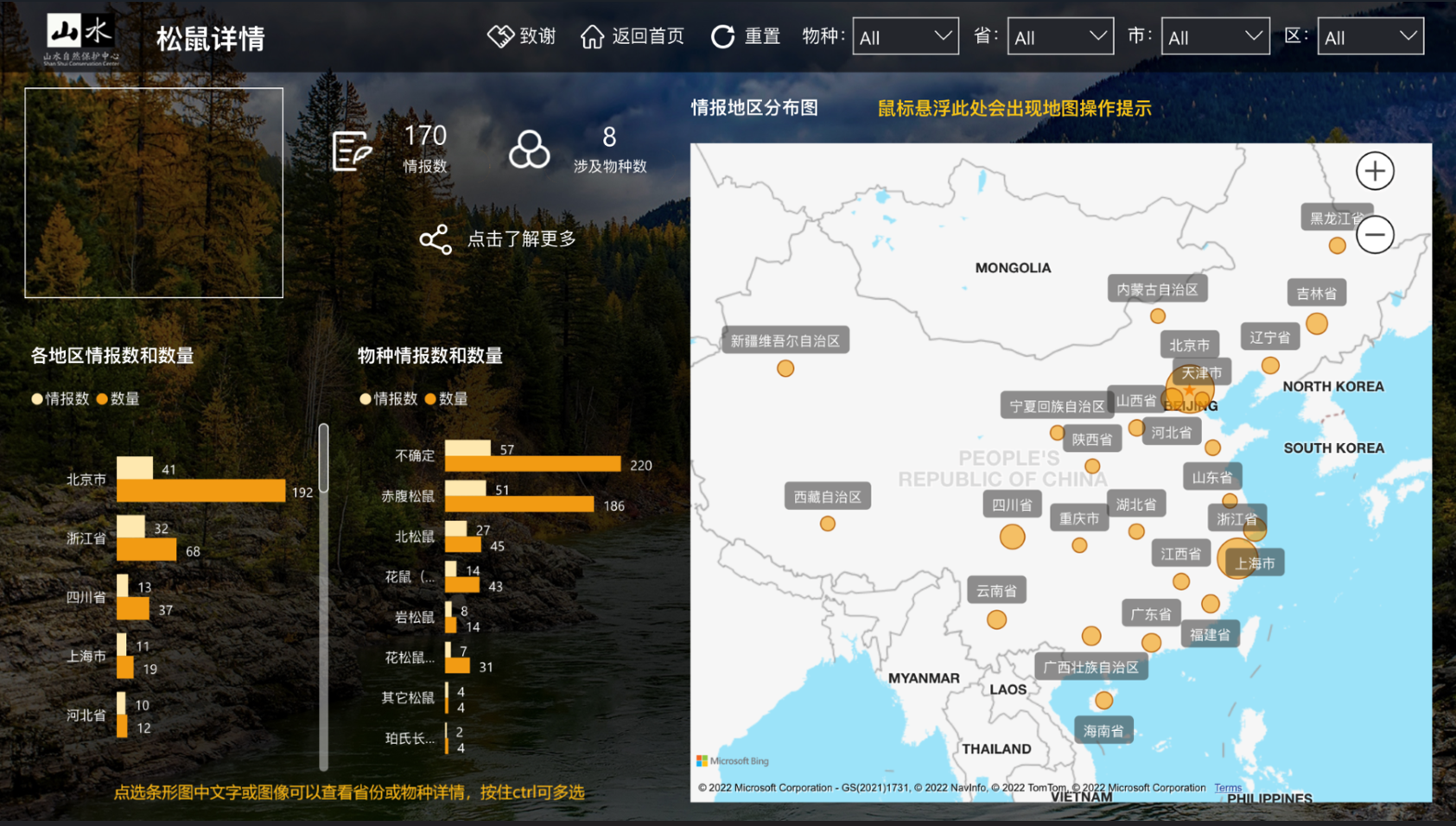Research-Practice incubator online workshops
Six online Workshops of the Heritage Place Lab
World Heritage Leadership Programme
Online Workshops
World Heritage Leadership Programme
Presentation of assignments during Workshop III.
World Heritage Leadership Programme
Mapping knowledge needs
World Heritage Leadership Programme
The Heritage Place Lab functioned as an incubator of practice-led research agendas for 8 World Heritage properties, promoting channels for research to impact on site management and site management to influence research through the implementation of 6 online workshops of 3 sessions of 3 hours each held during the span of 7 months. During these workshops, site management issues were explored collaboratively enabling researchers to test theories and methodologies with site managers working on the ground. Researchers got access to World Heritage properties and gain in-depth understanding of local needs. Site managers became familiar with research methods and co-produced research agendas for their World Heritage places. Over 30 guest speakers from different backgrounds, including researchers, practitioners, officers and international experts provided inputs on specific subjects developed in each workshop. Faciliators provided inputs for reflection and feedback to the Teams on the development of assignments that led to the production of research agendas.
- Due to the COVID pandemic, the WHL switched to online activities and this allowed for the involvement of researchers, practitioners and experts from all over the world.
- The online setting was already familiar to most of participants in the project, including the use of interactive applications which allowed for closer exchange.
- Even though participants were used to the online setting, there were constraints with the coordination of time zones (too early for some, too late for others), and therefore, such activities could be better implemented at national or regional level.
- Technical issues of internet connections and access to devices were present in every workshop, limiting the active participation of some of the people involved in the project.
- The lack of physical connection was a challenge, however, the online setting allowed for other types of exchange and connection and enlarging the network (more people could be involved, Teams could organize their work in virtual chat rooms and classrooms).
